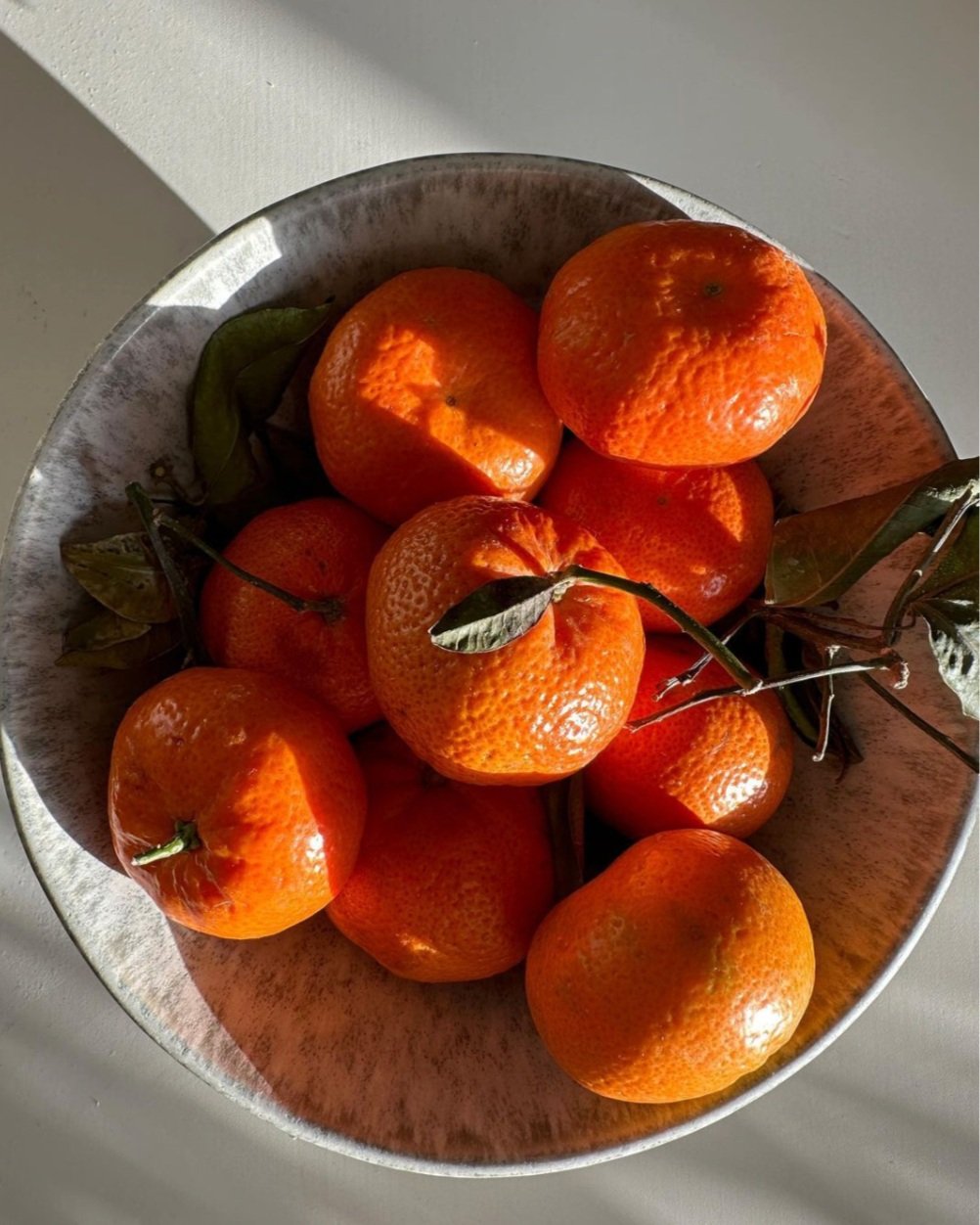FODMAP Explained: Here’s How Some Whole Foods Are SECRETLY HURTING YOU
PC: @_daily_muse
Whether you’re eating healthy to lose weight or to maintain a balanced lifestyle, we know that whole foods give our body the nutrients it needs for success. But that might not always be the case.
Take it from me: I grew up in a household where salads were always readily available on the countertop and nutrient-dense South Indian food was cooked fresh nearly every night. After moving out of my childhood home for college and beyond, I had a natural knack for balancing indulgent and healthy meals. Sure, at the college cafeteria, I may have made a beeline for the aromatic pasta station – but the next stop would always be the salad bar. And when I’d cook for myself, I’d make a standard meal of salmon, quinoa, and broccoli.
You can imagine my confusion then when I started to take note of how my body felt and looked after said healthy meals: sluggish. My tummy would ache, and I’d be bloated. Why was a fried chicken sandwich making me feel better than a serving of steamed broccoli? The years went on and my struggle with healthy meals only became more confusing and frustrating. It wasn’t until one night in the summer of 2022 that things started to click. I was on my phone before bed and began craving some answers, so I Googled : Why does broccoli make me bloat? Why is corn hard to digest? Why do I bloat after eating apples?
All answers pointed to FODMAPs.
What are FODMAPs?
FODMAPs stand for fermentable oligosaccharides, disaccharides, monosaccharides and polyols, which are short-chain carbohydrates (sugars) that your gut may have trouble absorbing. According to Monash University, when FODMAPs reach the small intestine, they move slowly, attracting water. When they pass into the large intestine, FODMAPs are fermented by gut bacteria, producing gas. The intestinal wall then stretches and expands due to the extra water and gas. This then leads to:
Cramping
Diarrhea
Constipation
Bloating
Gas and flatulence
These symptoms are often found in people who suffer from Irritable Bowel Syndrome (IBS) and/or small intestinal bacterial overgrowth (SIBO). I personally have suffered from IBS but since managing my diet, me and my gut have been doing alright!
The Low FODMAP Diet
The Low FODMAP diet can be quite restrictive, but what helped me digest all this information was realizing it wasn’t a huge lifestyle change. It was more about eliminating certain foods high in FODMAPs rather than adding niche, expensive supplements to my daily life. Per John Hopkins Medicine, foods that trigger symptoms may vary from person to person. But overall, the Low-FODMAP diet includes staying away from:
Dairy-based products
Wheat-based products
Beans and lentils
Some fruits to avoid include apples, cherries, pears and peaches
Vegetables to avoid include artichokes, asparagus and – wait for it – onions and garlic. (I know, I’m sorry.)
There are way more things to eliminate when you’re on a Low-FODMAP diet, but those are a few to get you started. It was an adjustment at first – especially cooking without onion and garlic – but having a strict list of ingredients I could eat actually made grocery shopping and cooking a lot more seamless – not to mention it brought a sense of peace to eating. And there are still foods that I’ve always enjoyed that I can still eat like, potatoes, rice, meat, zucchini and pineapple, to name a few.
Helpful Tips for Dealing With FODMAP
Again, symptoms range from person to person. Foods that may trigger me may still be low in FODMAPs and may not necessarily trigger you. It’s important to monitor your symptoms and try to pinpoint which foods are causing inflammation in your gut. It’s also important to remember that bloating after a big meal is normal! It’s okay to bloat at the Thanksgiving table when your gut is trying to digest a lot at once. Bloating is a part of life, but when it’s really causing distress in your day-to-day life, then it may be time to contact a doctor and see if a Low FODMAP diet is right for you.
Another tool that I find helpful is the free Fig app. You simply answer a few questions about your dietary needs to get started, and then the app will give you a sorted list of ingredients that are safe for you to eat, foods that could be meh for you, and foods to avoid. You can also edit the list based on your symptoms. I recently ate an orange and had the worst stomach ache afterwards. So, I updated the Fig app and added oranges to the “avoid” list.
Eating should always be a positive, stress-free experience. Taking the time to really understand your gut may improve your relationship with food, your mind, and yourself. Happy eating!
Written by Ranjana Naik

